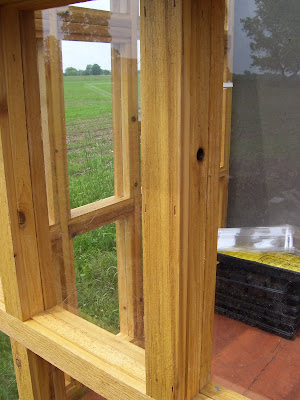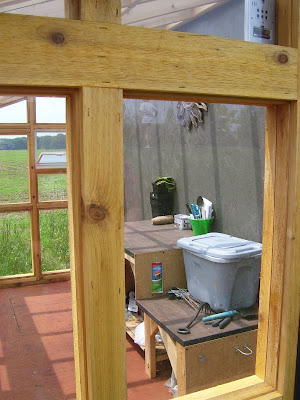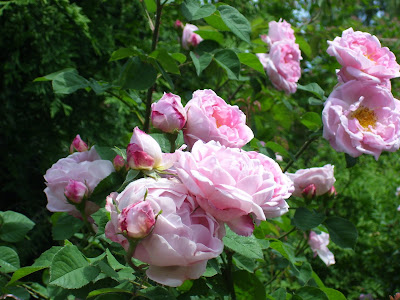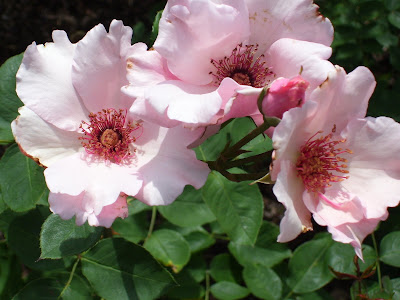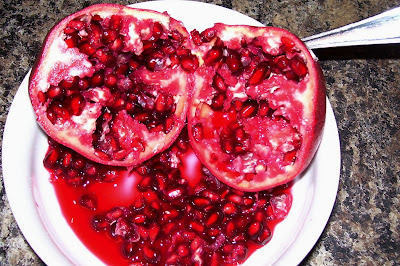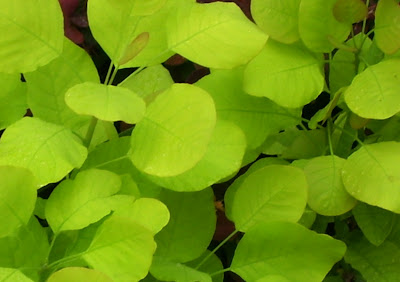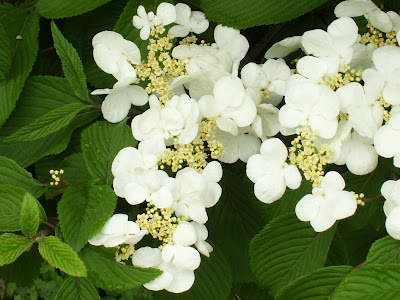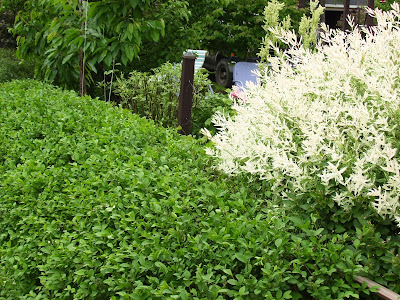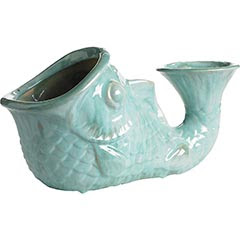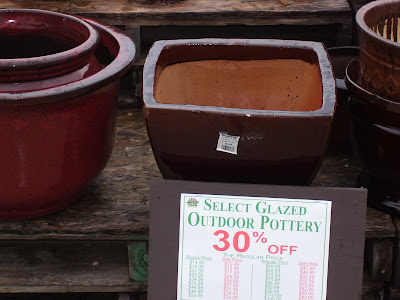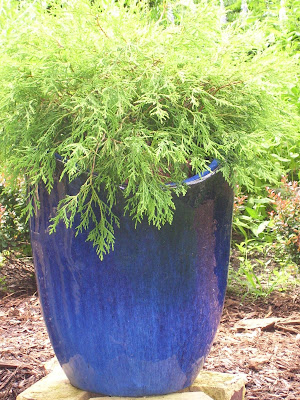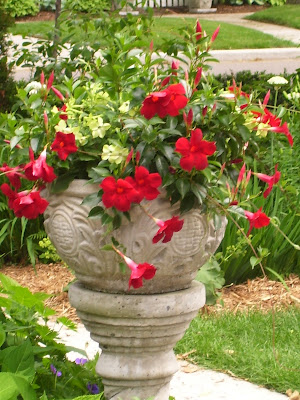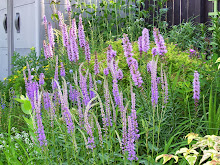
Nothing so simply symbolizes joy to me than a peony in full, rich bloom with its overblown, abundant scent. Its short bloom time reminds me to enjoy the simple things when we can.
The end of 2011 lends itself to thinking about a new year and beginning again. I think a lot of you will agree, 2011 was a rough year for everyone, the country, the economy, and ultimately the world. My thought is, though that the end of 2010, found me hoping for the best in 2011. I'm not a big one for New Year resolutions simply because they entail lists, and lists for me, are synonymous with work.
As I sit here typing I can see the ubiquitous symbol of infrastructure through my dining room window, the "telephone" pole. In this case, it not only carries the telephone landline, but electricity and cable as well. Shortly after WWI, telephony and electrification came to my village. At the time a dam on the millpond and its associated spillways provided enough electricity for the entire village and ground grain for local farmers, too. Newer technologies were layered on older technologies, similar to how cable layered their lines on the telephone poles.
Also while typing, a fat squirrel carried some sort of treasure up the pole. The pole has a shock of corn laying at its base, which happens to be the trash pick-up area for the cast-offs of my next door neighbor's fall decorating endeavors. The village has a maintenance guy or two, who run around and chip up appropriately bundled yard waste and compost them in the village's composting area. Unfortunately, this is not a year round activity, the corn shock will remain until spring.
The squirrel, however, brought me to the thought of the natural world and its collision with the man-made world and the thoughts of how we layer the new on the old. The squirrel didn't much care if he was scurrying up a telephone pole, electric pole, or my monumental pine. Its desire is simply up and away with its choice morsel. With the connecting wires running along side branches of my pine, it doesn't much care how it gets where it is going as long as it does.
I figure we can all take a lesson from the squirrel and just set some goals, never-minding how we get there, just that we do.
I was reading a blog I follow, the writer of which is not a big list make neither. For her, she picks three words on which she will focus her energy. I think this is much more useful than a list.
The new year will encompass the graduation of my son, a birth of a nephew, and unknown to most at this point-- a wedding (no, not me!); happy events all! These are all events we will celebrate and to which adjustments are needed.
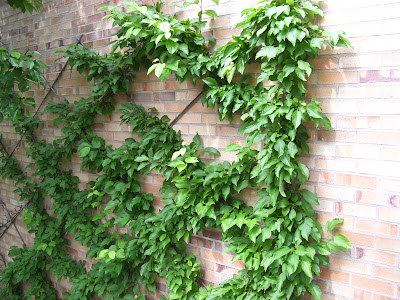
This espaliered fruit tree in the Chicago Botanical Garden is trained to grow in available space. It might not provide an enormous amount of fruit, but it will fruit.
The new year will also find me again up for election to the village board, revamping my business model, now that my son will be in school at UW-Green Bay this fall, and honing some of my business skills. I will probably attempt certification for things I do, but never took the time to connect the supporting education and certifications.

I was a bit amazed at the sheer volume of potatoes, crooked necked squash, salad greens, carrots, radishes, and handful of cukes this 12' by 6' space provided. Better serial planting and choice of vegetables would have yielded even more in this stream-lined space.
I have also been driven crazy with new technology. Technological changes are speeding up, and there are advantages waiting for those of us who can adapt and incorporate these into our lives.
DebiO, my friend to the north, often ends her blog with "Be a joy giver." Her optimistic perspective in a year where teachers in Wisconsin have been hard-put to find joy in their lives let alone focus on it, has been uplifting.
So following the example of the fellow blogger, I have chosen three words to sum up my goals and challenges the new year will bring. These are accommodation, clarification, and joy.
What are your three words?
Have a fruitful, abundant, and joy-filled New Year!



